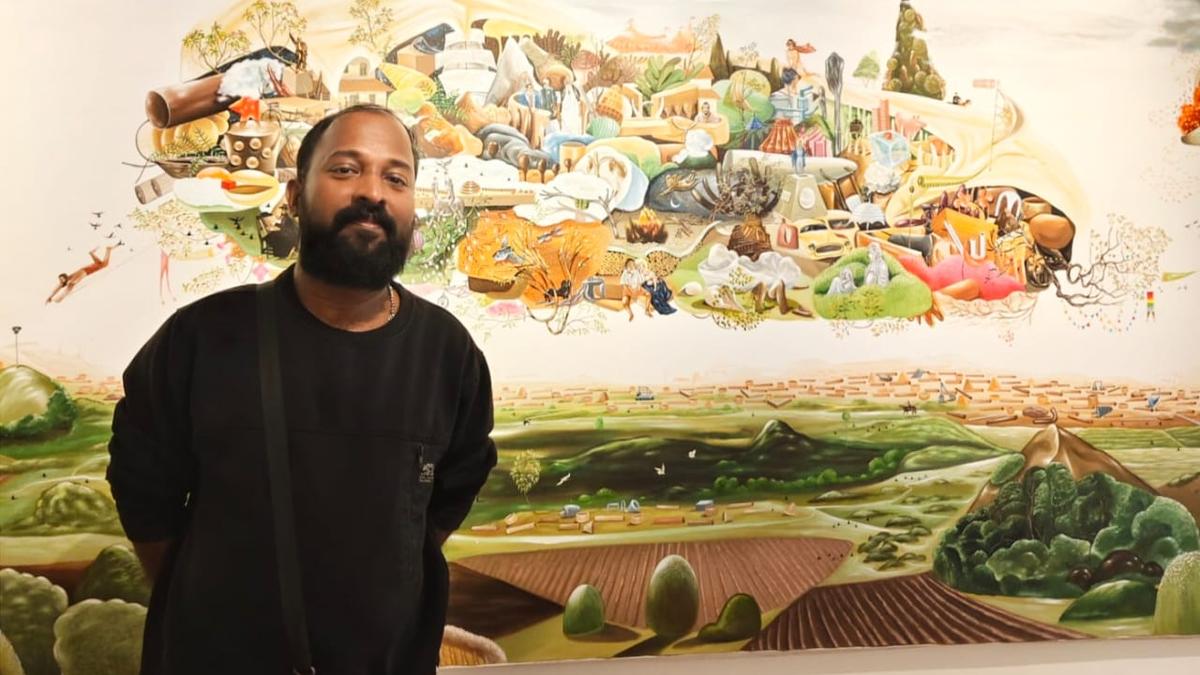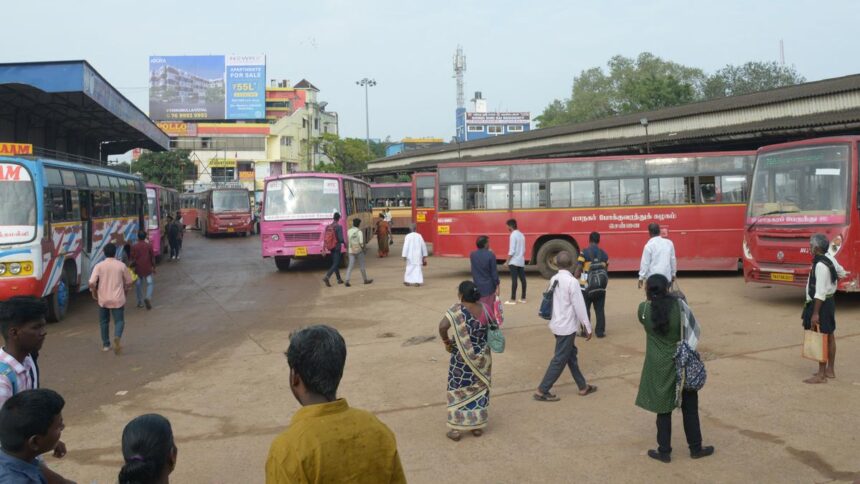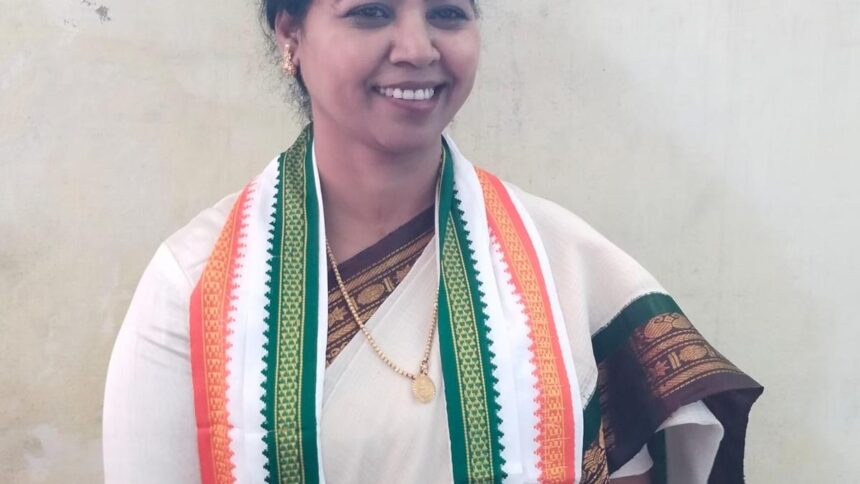Sajeesh Pallikkara’s surreal works push the boundaries of imagination
Sajeesh Pallikkara’s works are not for the casual viewer. The paintings, large mosaics of seemingly disconnected images, demand your undivided attention. Both in charcoal and colour, the paintings are extraordinarily detailed. Sajeesh finds it difficult to put a finger on his creative process. “It is a flow,” he says, “of thoughts, people, ideas, words and images” and his skill lies in finding a balance in this chaos.
His surrealistic works inhabit the space between dreams and reality, constantly challenging the viewer to push the boundaries of imagination to question, ponder and remember.
The show, Axiomatic ipso facto, brings a selection of his paintings including the one that won him the 2016-2017 Lalithakala Akademi award. The show includes larger works, one of them as big as 16 ft / 5.5 ft. In addition to the expansive canvases, Sajeesh has also showcased smaller drawings of people and fantastical images. The tea-washed rice paper lends a unique vintage appeal to the charcoal drawings.
Though each image is vastly different from the other, they are connected by a theme. Sajeesh explores the idea of landscapes in their entirety. “What happens when entire communities are moving out of cities that can no longer accommodate them? Even though people are moving physically, what would they be carrying with them in their minds and hearts?” he asks.
Each work demands time and effort. He interviews people, watches documentaries and reads in order to fuel his inspiration.
An art teacher at Fr. Joseph Memorial Higher Secondary School at Puthuppady, Muvattupuzha, Sajeesh devotes his free time to his art practice. Sajeesh is currently working on a new unnamed series. The show has been curated by Shaju Nellai.
Unnikrishan C’s metaphors from everyday and the political space of bricks
The works of Unnikrishnan C on show, The Whispering Walls, also part of the exhibition, are wonder inspiring for the sheer freshness of expression, how they have been imagined and executed on bricks. Yes, those red bricks, made of natural clay.
Thought provoking, the installations speak about his engagement with his quotidian surroundings. He looks very closely at the house or home and the activities around it; rather than an outsider he is the insider and therefore his gaze is more intimate. “The local and the personal stories are a connection for me. As far as I am concerned, a brick is one of the most political spaces that an artist can use.”
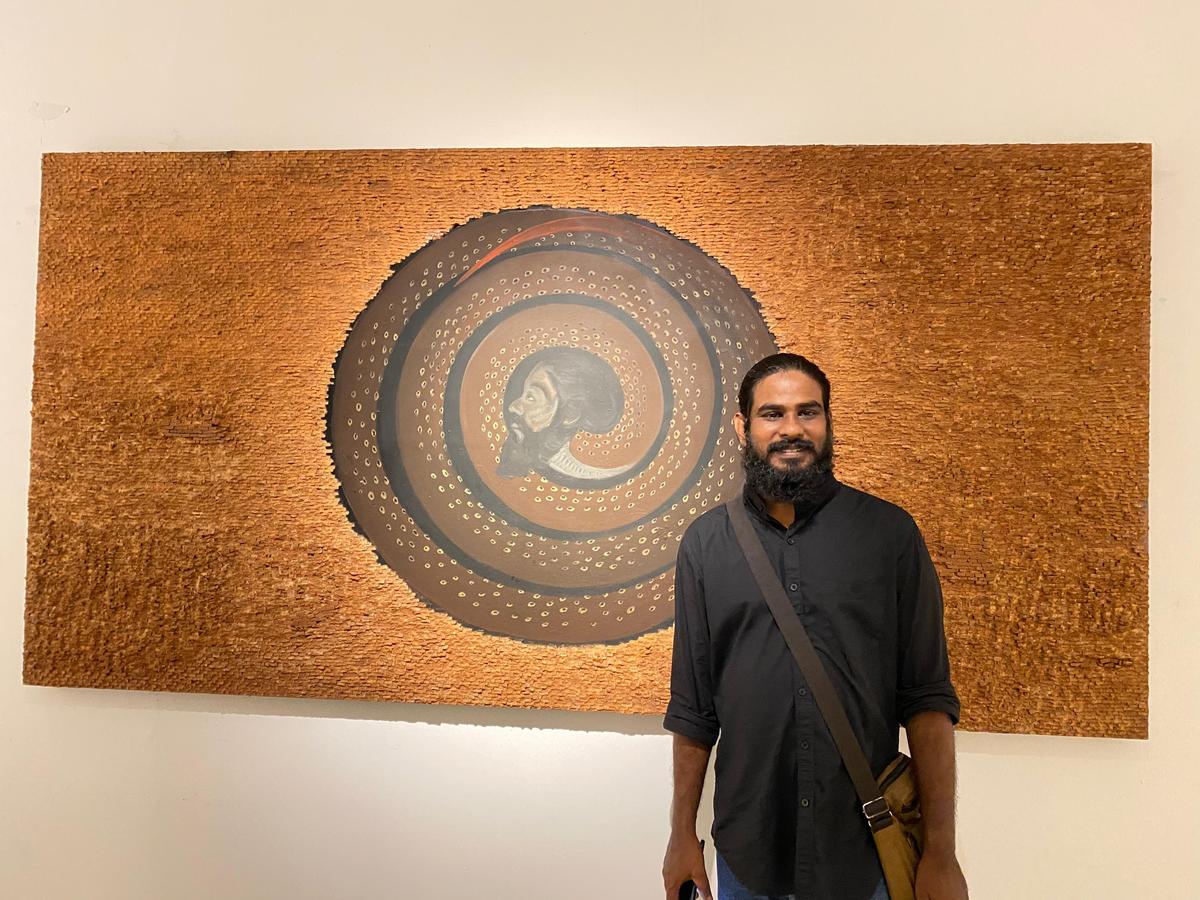
Unnikrishnan C
| Photo Credit:
SPECIAL ARRANGEMENT
The visual metaphors are derived from his everyday life and find space on his ‘canvas’, whichever that may be — an actual canvas or a brick or a door . What Unnikrishnan says about the brick would strike a chord, we seldom imagine it as an artist’s space. We see it either as a building block (which it is) or as an agent of destruction when pelted as or in protest. The show challenges perceptions or status quo. The installations includes a rectangular box-like ‘room’ of bricks, placed in the centre of the gallery; some of the bricks that make up the ‘walls’ have commonplace items — steel tumbler and plate, coconuts, mangoes and other fruits, flora and fauna, painting brush, a switchboard, bowls of rice gruel and curry, mobile phones — and the not so ordinary, stuff of the imagination.
Another installation is the series of his daily sketches placed or arranged as a stack of bricks would be. The curatorial notes calls Unnikrishnan’s perspective vernacular, which it is. His art is inspired by his life, as he lives it. An alumni of the Government Fine Arts College, Thrissur, the Nenmara (Palakkad) native’s works have been part of the Kochi Muziris Biennale and the Sharjah Biennale, besides having his first show in Switzerland, and being part of the Seattle Art Fair. The show has been curated by Sudheesh Kottembram.
The interconnectedness of everything in Abhijith Udayan’s works
For his solo show, Liminal Continuities and the Interstitial Possibilities of Existence, artist Abhijith Udayan has drawn inspiration from his life and his community. He writes in his artist statement, “I draw inspiration from my everyday interactions with society, especially the rhythms and realities of life in Alappuzha, Kerala, where I was born and raised. The fishing community here plays a central role in shaping my artistic perspective. Their tools, their labour and their collective spirit inform the materials and metaphors I work with.”
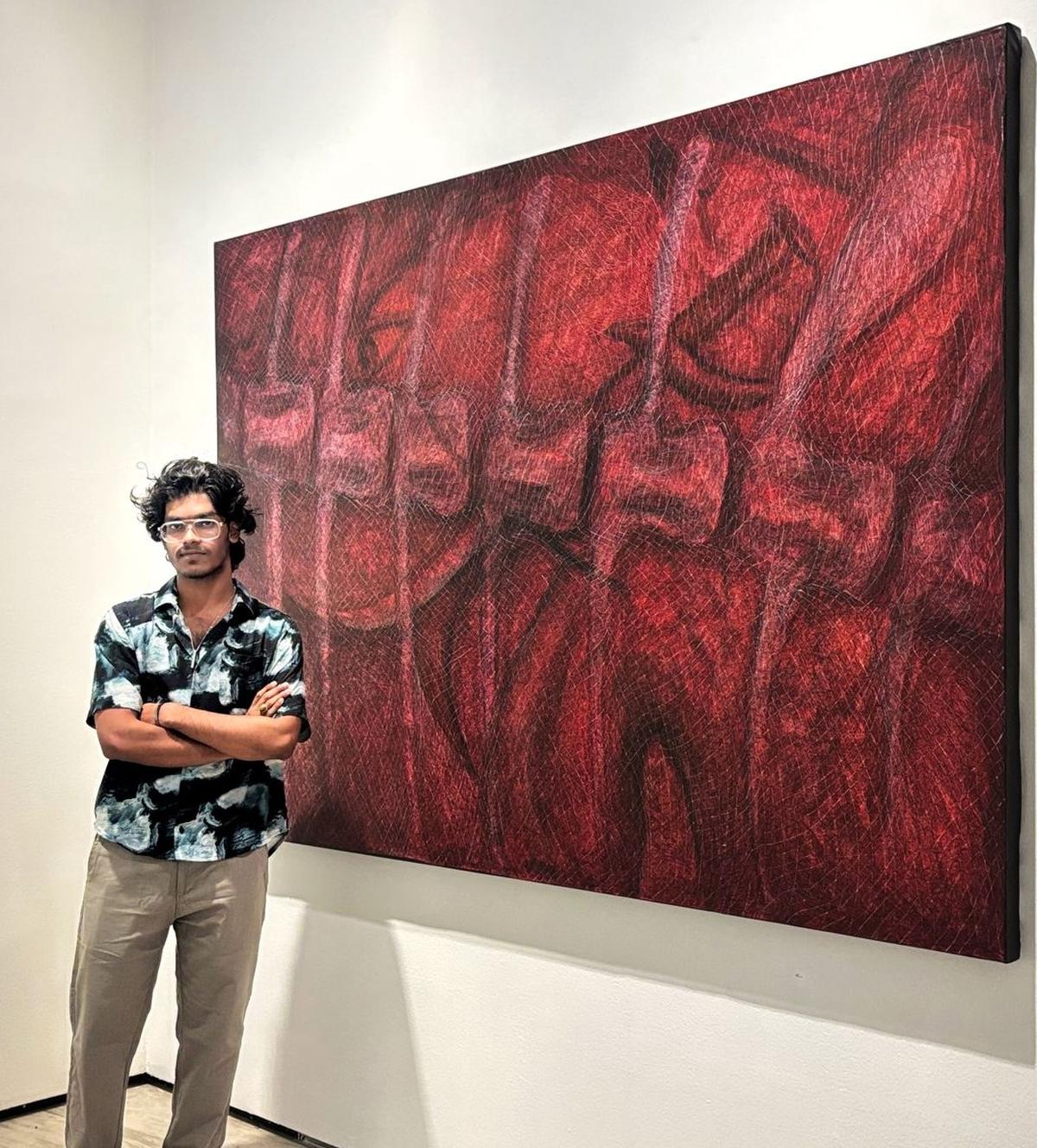
Abhijith Udayan
| Photo Credit:
SPECIAL ARRANGEMENT
Therefore, we see the canvases through a ‘fishing net’ painted on them. The net is inescapable. “It is a part of my life and I have integrated it into my art!” he says. It transforms into a layered metaphor for life and of choices. For instance, he says, some would associate a net with a feeling of being trapped but he sees it as an unifying element. One that binds the people of the community together. However as his practice evolved and him as a person along with it, the recurring net reflects tension, “sometimes it stands for interconnectedness and support; other times it suggests entrapment, control and oppression.”
His art becomes a medium to express the duality and interconnectedness in his everyday life. The works may look deceptively simple, but they are layered with images which reveal themselves on a close look. Each canvas has a deeper philosophical meaning than meets the eye. Abhijith, a graduate of the Raja Ravi Varma College of Fine Arts, Mavelikara, is currently pursuing his Masters in Fine Arts (painting) at the Central University, Hyderabad. Also on show is one of his paintings which earned a Special Mention in the student’s category at the Kerala Lalithakala Akademi State Awards (2022-23). The show has been curated by Megha Sreyus.
The shows, organised by the Kerala Lalithakala Akademi as part of its Contemporary Solo Art Exhibition Project, at Durbar Hall Art Centre, Kochi, conclude on July 5.
Published – July 04, 2025 01:59 pm IST








